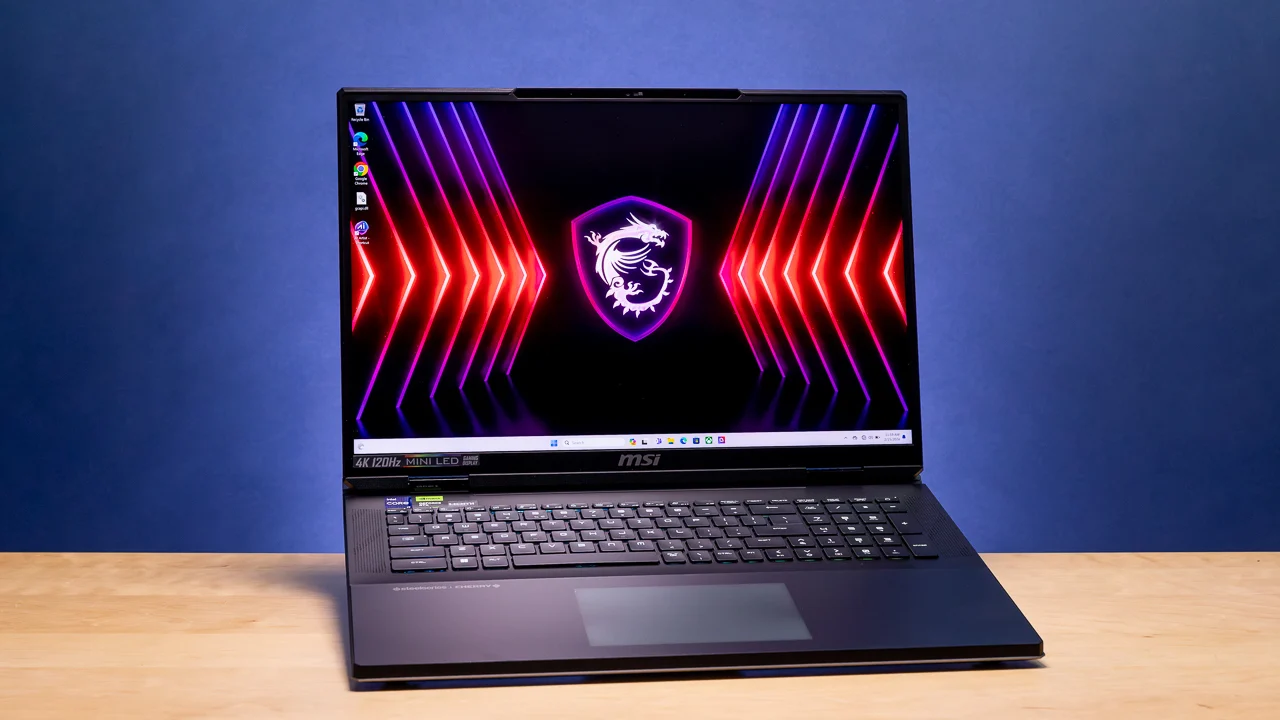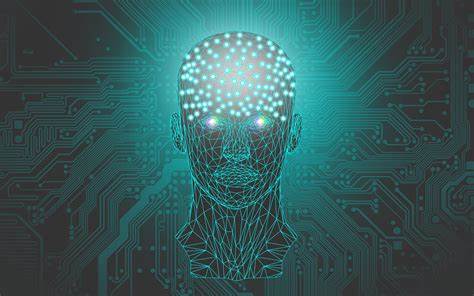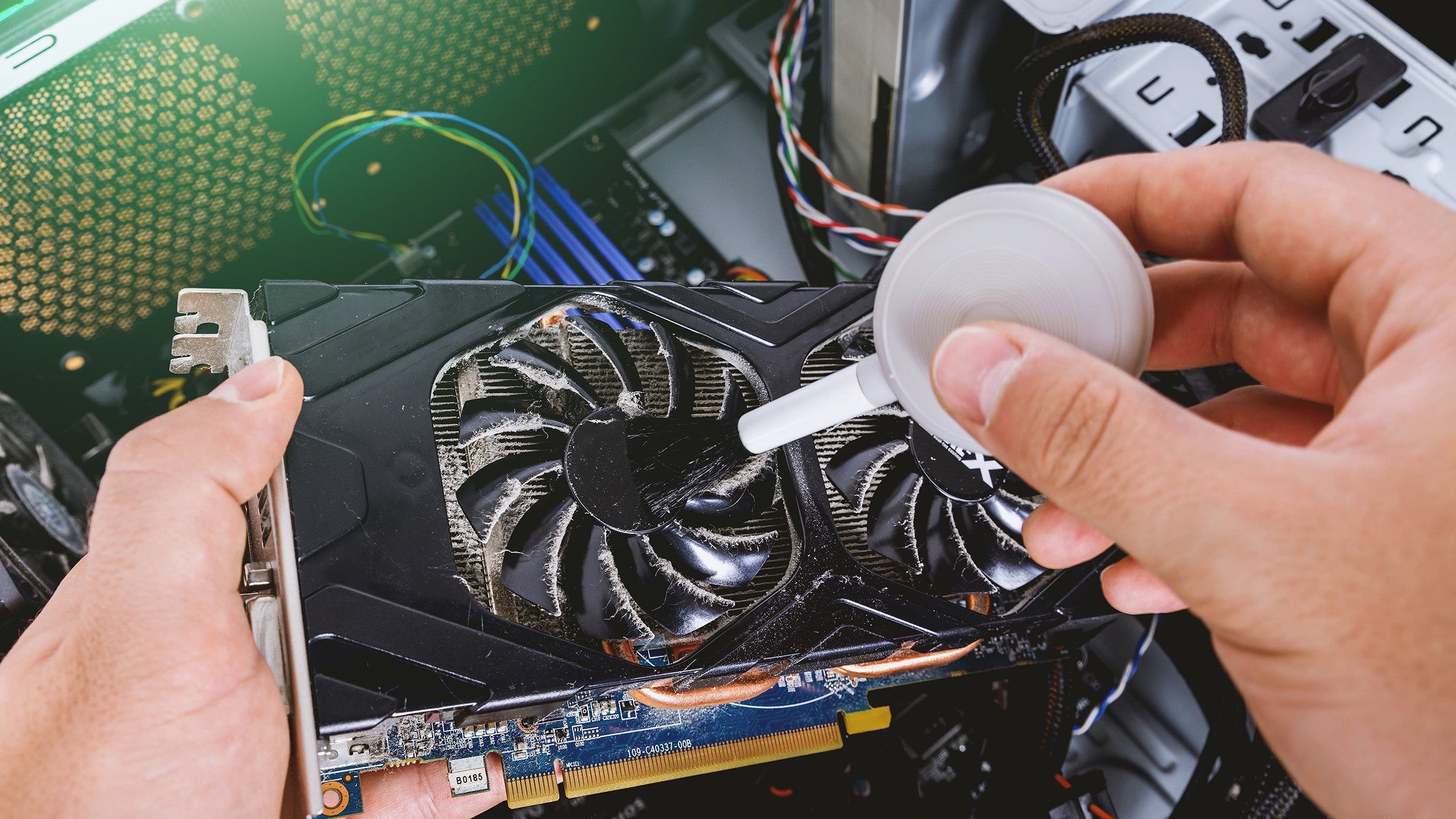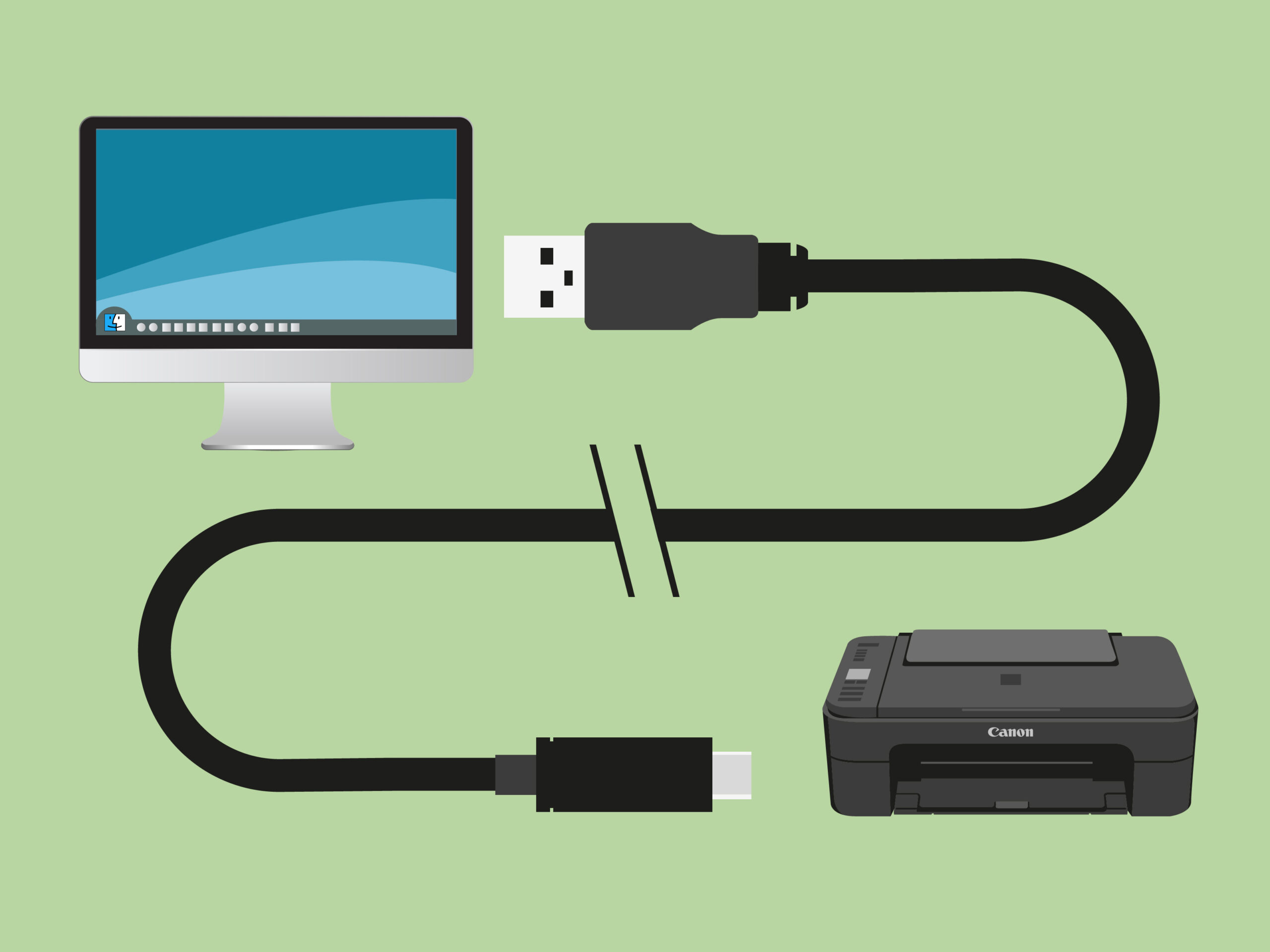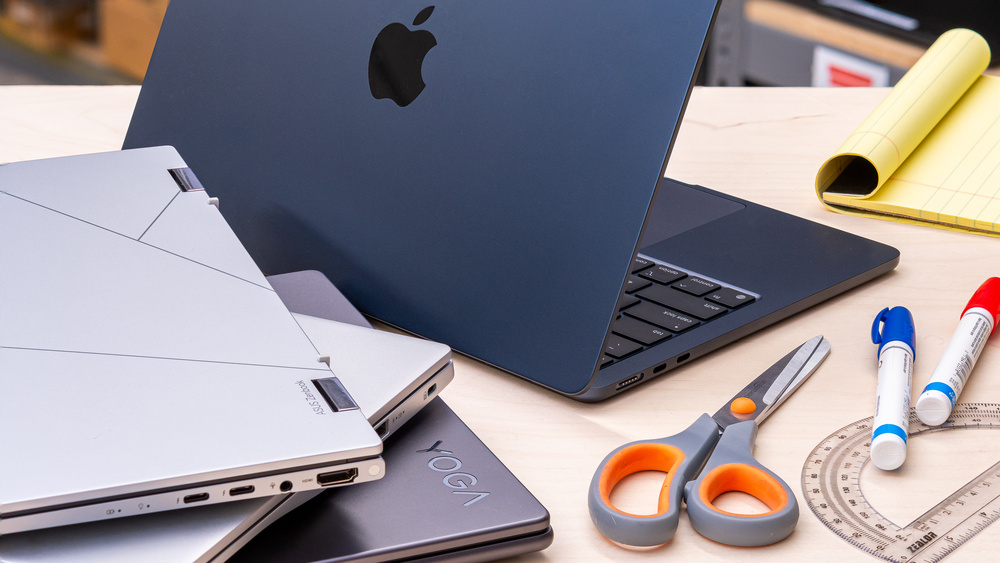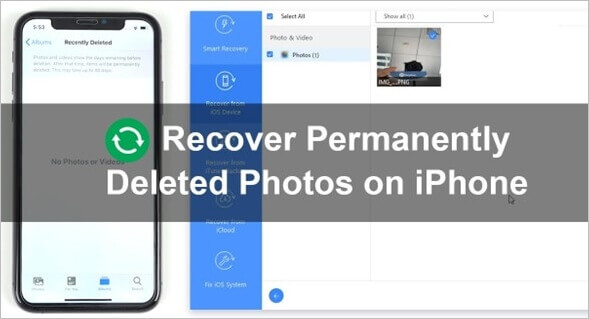In today’s fast-paced digital world, having a laptop that delivers top-notch performance is essential for professionals, gamers, and creative individuals. Whether you need a powerhouse for video editing, gaming, or multitasking, choosing the best laptops with high performance can make all the difference. In this guide, we will explore the best options available in 2025, comparing features, specifications, and overall value.
Why Choose High-Performance Laptops?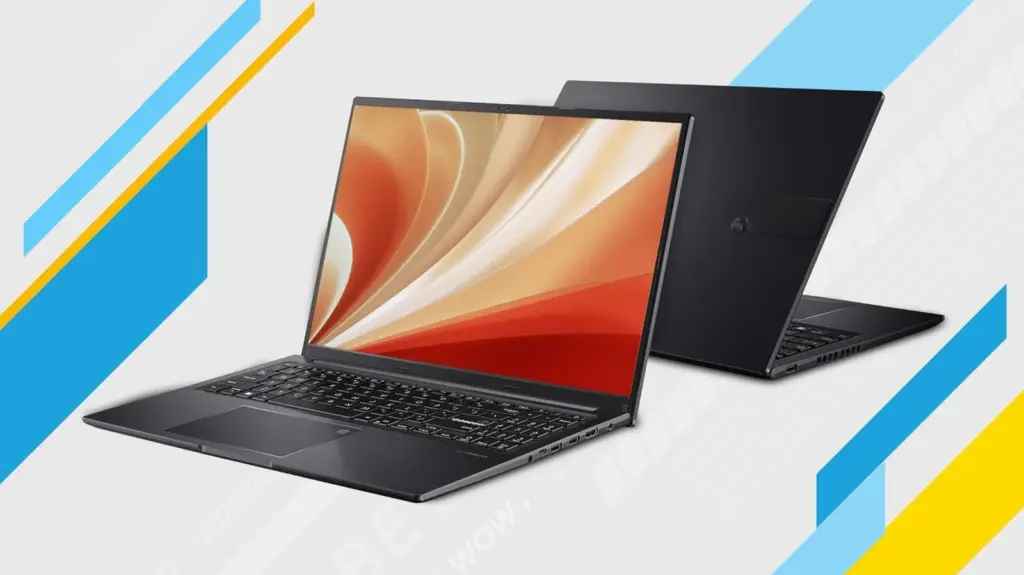
- Superior Processing Power
High-performance laptops come equipped with the latest processors, such as Intel Core i9, AMD Ryzen 9, or Apple M-series chips. These CPUs ensure seamless multitasking, faster processing speeds, and efficient performance for intensive applications.
- Powerful Graphics Capabilities
For gamers and creative professionals, a high-end GPU like NVIDIA RTX 40-series or AMD Radeon RX ensures smooth rendering, high frame rates, and stunning visuals.
- Ample RAM and Storage
High-performance laptops typically offer 16GB to 64GB of RAM, ensuring smooth performance even with demanding applications. SSD storage ranging from 512GB to 2TB guarantees fast boot times and quick file access.
- Advanced Cooling Systems
A robust cooling system is essential for maintaining optimal performance during prolonged usage. Premium laptops feature advanced thermal management to prevent overheating.
- Long Battery Life
High-performance laptops often balance power efficiency with extended battery life, ensuring you can work or play without frequent charging interruptions.
Top Picks: Best Laptops with High Performance in 2025
- Apple MacBook Pro M3 Max
Pros:
- Ultra-fast Apple M3 Max chip
- Stunning Liquid Retina XDR display
- Exceptional battery life
- Optimized macOS performance
Cons:
- Expensive
- Limited gaming support
Apple’s latest MacBook Pro M3 Max continues to dominate the market for professionals. The ultra-fast chip ensures seamless performance for video editing, coding, and multitasking. With a premium display and all-day battery life, it’s one of the best laptops with high performance for creatives and professionals alike.
- Dell XPS 17 (2025 Model)
Pros:
- Intel Core i9 14th Gen processor
- 4K touchscreen display
- NVIDIA RTX 4080 GPU
- Premium build quality
Cons:
- Heavy and bulky
- Expensive
Dell’s XPS 17 is a beast in terms of power and design. With an Intel Core i9 processor and NVIDIA RTX 4080, it’s ideal for heavy tasks like 3D rendering and gaming. The 4K touchscreen enhances productivity, making it a top contender among high-performance laptops.
- ASUS ROG Zephyrus G16
Pros:
- AMD Ryzen 9 processor
- NVIDIA RTX 4090 GPU
- High refresh rate display
- Efficient cooling system
Cons:
- Pricey for casual users
- Moderate battery life
For gamers and content creators, the ASUS ROG Zephyrus G16 delivers exceptional performance. Featuring the latest AMD Ryzen 9 CPU and NVIDIA RTX 4090, this laptop ensures high frame rates and smooth gameplay. The advanced cooling system prevents overheating during intensive sessions.
- Lenovo ThinkPad X1 Extreme Gen 6
Pros:
- Intel Core i9 processor
- 64GB RAM option
- High durability and build quality
- Excellent keyboard and display
Cons:
- Expensive upgrades
- Bulkier than competitors
Lenovo’s ThinkPad X1 Extreme is built for professionals who need a powerhouse. With up to 64GB RAM and robust security features, this laptop is perfect for business executives, engineers, and developers. The high-resolution display and exceptional keyboard add to its appeal.
- Razer Blade 16
Pros:
- Intel Core i9 processor
- NVIDIA RTX 4090 GPU
- 240Hz QHD+ display
- Sleek and premium design
Cons:
- Expensive
- Shorter battery life under heavy load
The Razer Blade 16 is a top-tier gaming laptop that doubles as a professional workstation. With an ultra-high refresh rate and powerful GPU, this laptop excels in gaming and content creation. Its sleek design and premium build make it a standout choice.
- HP Spectre x360 16
Pros:
- Intel Core i7 14th Gen
- 2-in-1 convertible design
- OLED touchscreen display
- Long battery life
Cons:
- Not ideal for gaming
- Slightly heavier for a convertible laptop
If you’re looking for versatility and performance, the HP Spectre x360 16 is an excellent choice. With a stunning OLED display and a flexible 2-in-1 design, it’s perfect for professionals who need a powerful yet portable device.
How to Choose the Best Laptops with High Performance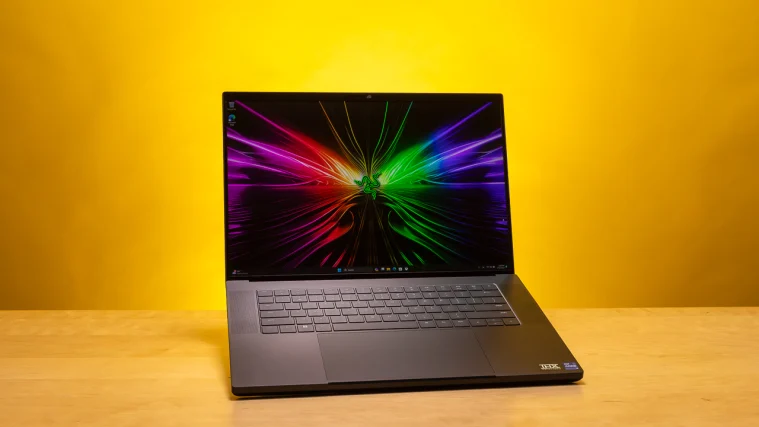
- Processor and GPU
The processor and GPU are the most critical components of a high-performance laptop. Intel Core i9, AMD Ryzen 9, and Apple M3 Max are among the best choices, paired with powerful GPUs like NVIDIA RTX 4080/4090 or AMD Radeon RX.
- RAM and Storage
At least 16GB of RAM is recommended for multitasking, but 32GB or more is ideal for intensive tasks like video editing and 3D rendering. SSD storage ensures faster boot times and application loading.
- Display Quality
A high-resolution display (4K or QHD+) with a high refresh rate (120Hz-240Hz) enhances your experience, especially for gaming and professional tasks.
- Battery Life
While high-performance laptops are power-hungry, choosing one with efficient battery management is crucial, especially for professionals who travel frequently.
- Cooling System
An advanced cooling system prevents overheating and maintains performance during prolonged usage. Look for laptops with vapor chamber cooling or advanced thermal designs.
- Build Quality and Portability
While performance is essential, the build quality and weight of the laptop matter if you need portability. Ultra-thin models like the MacBook Pro or Dell XPS offer great power in a slim design.
Conclusion: Which High-Performance Laptop Should You Choose?
Selecting the best laptops with high performance depends on your needs. If you’re a creative professional, the MacBook Pro M3 Max is an unbeatable choice. Gamers and content creators will appreciate the ASUS ROG Zephyrus G16 or Razer Blade 16 for their raw power and high refresh rates. For business users, the Lenovo ThinkPad X1 Extreme offers robust security and durability, while the HP Spectre x360 16 provides versatility for those needing a convertible laptop. Investing in a high-performance laptop ensures that your work, gaming, and creative tasks run smoothly, making these powerful machines worth every penny. Whether for professional use, gaming, or heavy multitasking, the right laptop will elevate your productivity and overall experience.
